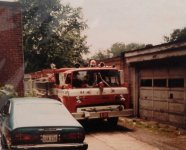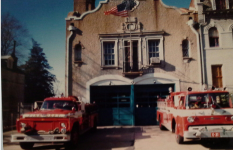
Excellent site with extensive collection of DC fire apparatus, firehouses, incidents - with comments, dates and details.
DCFD Photos, old or new
firepics.net
Some pictures from DC site:
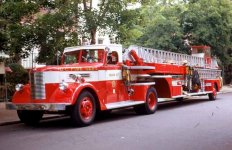
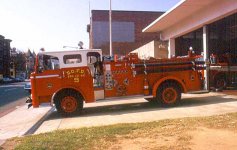
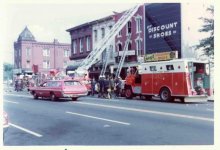
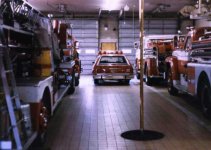
Last edited:





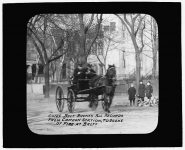
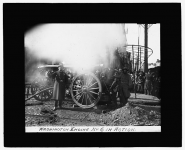
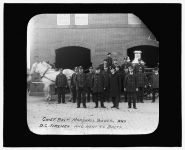
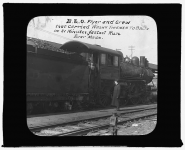
Great pictures.
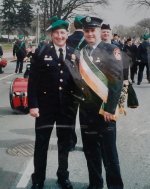
This is also the fire that most directly contributed to the development of the national standard hose coupling thread in 1905. It feels worth mentioning since NJ companies were requesting FDNY mutual aid response last night, and the threads could be one more added layer of complexity during that operation.From DC site - DCFD sent mutual aid to Baltimore as did FDNY for major conflagration in 1904:
"Annual Report says within two hours of receiving the telegram from
Baltimore, DC units were assisting Baltimore Firemen.
31 minutes from old B & O station in DC to Camden Station in Baltimore in
1904!!!!!
Baltimore fire 1904
One of the crews. Annual report says about 100 men, 5 engines, 5 hose
apparatus & 25 horses responded to Baltimore.
Engine 3 & 6 responded first with Chief Belt.
Engines 2, 7, & 8 responded later.
(One Hundred Years of Glory says Engines 2 & 8 went second and Engine 7 went
later with 25 extra men."
View attachment 16202
View attachment 16203
View attachment 16204
View attachment 16205
DCFD Photos, old or new
firepics.net
Thanks. Excellent info.This is also the fire that most directly contributed to the development of the national standard hose coupling thread in 1905. It feels worth mentioning since NJ companies were requesting FDNY mutual aid response last night, and the threads could be one more added layer of complexity during that operation.
"Engine companies from Washington, DC, transported by train, arrived in Baltimore to assist in fire fighting a few hours after the fire started. Unfortunately, their hoses would not fit Baltimore hydrants due to the difference in threads. The fire continued to claim block after block of buildings in the Baltimore business district as more fire companies arrived from surrounding cities and counties, Altoona, Annapolis, Chester, Harrisburg, New York, Philadelphia, Wilmington, and York. Some of the responding fire companies’ hoses fit the Baltimore hydrant connections; others did not [3]."
